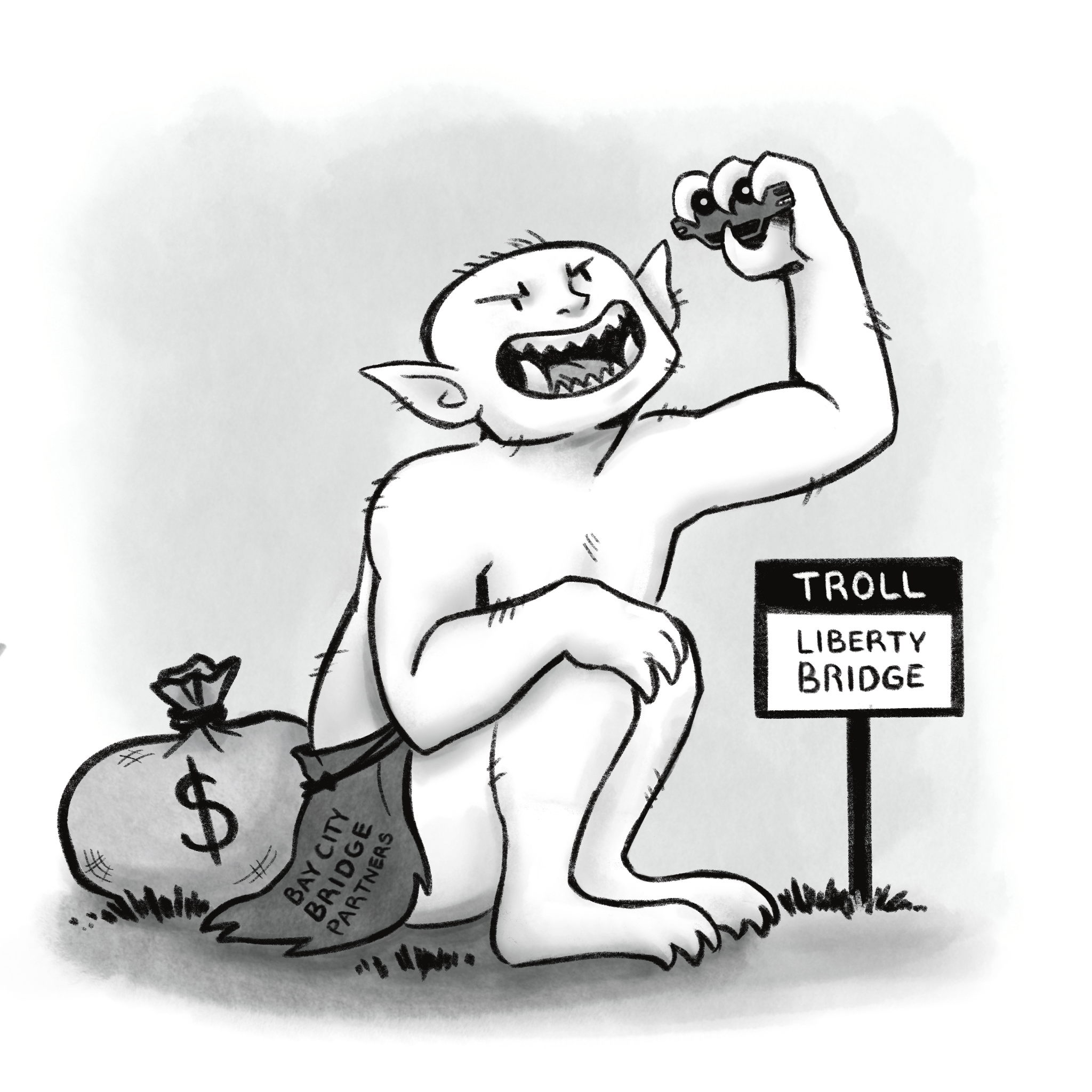
By Patrick Sochacki
What happens if another financial crisis hits like in 2008? Will we, the taxpayers, be left to pick up the slack with another bailout?
Following the financial crisis of 2008, President Obama and Congress passed the Dodd-Frank Wall Street Reform and Consumer Protection Act of 2010, the largest change in financial regulations since the Great Depression.
When Dodd-Frank was enacted, more stringent regulations were put into place on the financial system, from the smallest banks to the biggest ones.
Dodd-Frank also created many new regulatory bodies to oversee the financial system.
These regulations and regulatory bodies are being rolled back dramatically, due to a 2018 bill called the Economic Growth, Regulatory Relief and Consumer Protection Act.
What regulations did the Dodd-Frank Wall Street Reform and Consumer Protection Act (The Act) bring about and how is the 2018 rollback affecting those changes?
Financial Stability Oversight Council
The first committees given life from The Act were the Financial Stability Oversight Council and the Orderly Liquidation Authority.
According to investopedia.com these two bodies “monitor the financial stability of major financial firms whose failure could have a serious negative impact on the U.S. economy.” These watched firms can be labeled as systemic risks, or “too big to fail,” and put under watch by the Federal Reserve.
The turn of phrase “too big to fail” is a misnomer and means the institution would be propped up, or bailed out by, the Federal Reserve should something disastrous happen.
A nation-wide propping up occured in 2008 when the Fed ruled to hand out taxpayer money to the sum of $633 billion. This was given out to 982 separate companies.
This number does not include Fannie Mae and Freddie Mac, the federally insured mortgage companies, who received $191.48 billion apart from the bailout package.
According to projects.propublica.org/bailout/list, the government has been paid back $390 billion of the $633 billion disbursement.
The Act also set up the Federal Insurance Office to watch insurance companies that are “too big to fail,” such as American International Group. AIG received $67.85 billion in the 2008 bailout.
These three committees have the authority to break up banks and insurance companies they perceive to be systemic risks.
Consumer Financial Protection Bureau
A third regulatory body that came out of The Act is the Consumer Financial Protection Bureau. This group is tasked with preventing predatory mortgage lending, a practice said to be one of the underlying causes of the 2008 financial crisis.
Mortgage brokers may no longer offer complicated loans and confuse potential borrowers, the terms must be upfront and the potential for profiting by the lender must be minimized. This body also required simplified terms for credit and debit card companies offering applications to consumers.
This Bureau, since the rollbacks started in 2018, is no longer performing any of its investigative duties in mortgage companies or financial institutions.
The Volcker Rule
When a bank has your money it is allowed to use that money in whatever way it sees fit.
The Volcker Rule (The Rule) made stipulations against “proprietary trading” and “speculative trading” from being done with a clients money. The Rule also made certain sets of derivatives more publicly visible through an exchange for swaps trading.
Proprietary trading is when a bank uses client money to invest for direct gain. Proprietary trading is not allowed unless the financial institution has sufficient “skin in the game,” meaning a bank must be invested in a market before using outside investors money in that market.
Speculative trading, according to investopedia.com, is “conducting a financial transaction that has substantial risk of losing value but also holds the expectation of a significant gain or other major value.” These include options, calls or puts, that change dramatically in price based on the market value of a stock and are extremely volatile.
Derivatives, specifically one called a “credit default swap,” were another main culprit in the 2008 financial crisis. A credit default swap is a complicated instrument that is used to circumvent non-payment on a debt obligation from a lender, such as a bond or loan, by selling that obligation to another investor who believes it will be paid back in full. This is inherently very risky.
The rollback of these regulations because of the 2018 Consumer Protection Act will help banks continue to achieve record profits, all while putting the risk of a collapse back onto the taxpayers shoulders.
Banks should be held accountable for the things they choose to do in the markets. Banks, even small ones, need regulations and watchdogs to keep them in check. Without these checks there is the potential for serious harm to the national, and world, economy.


